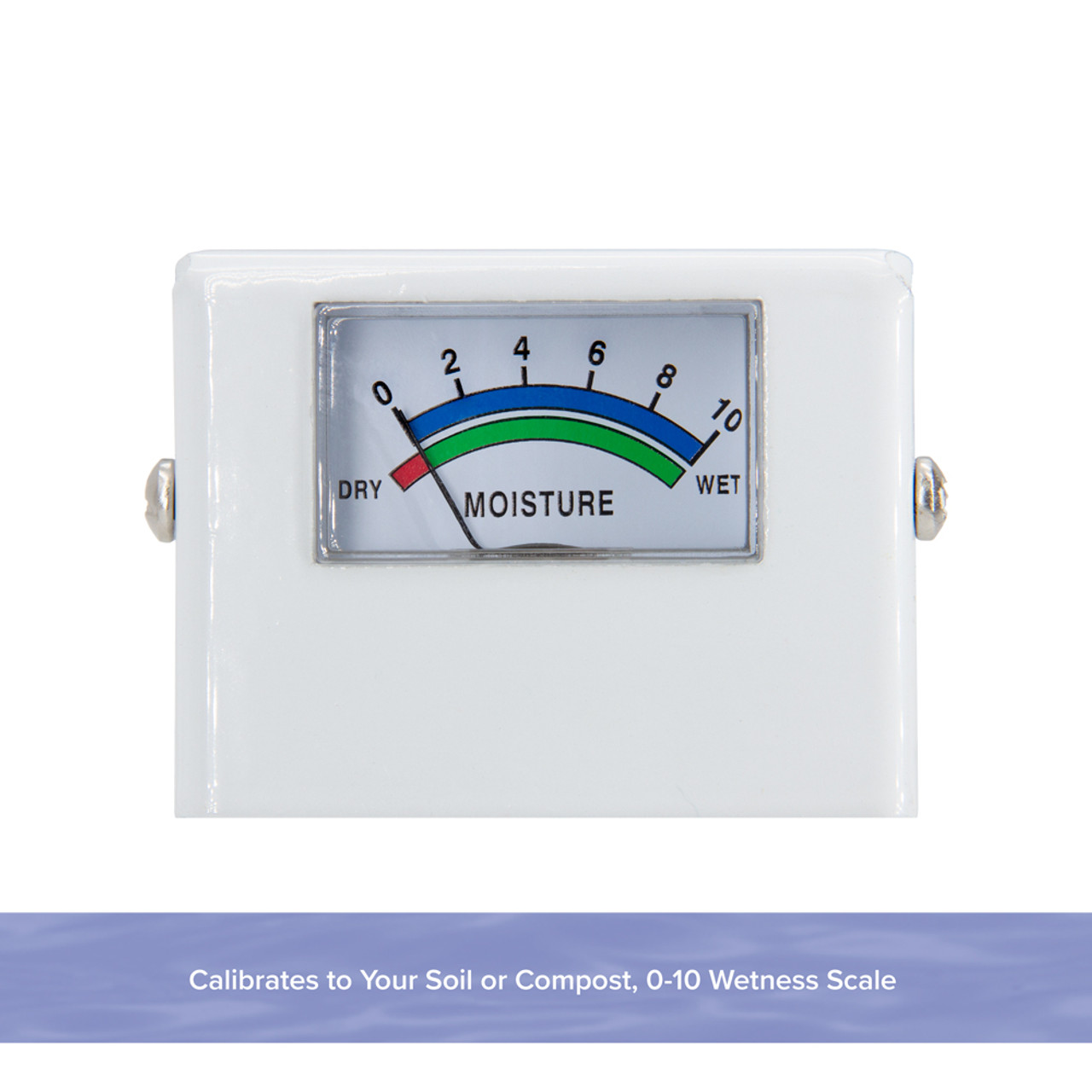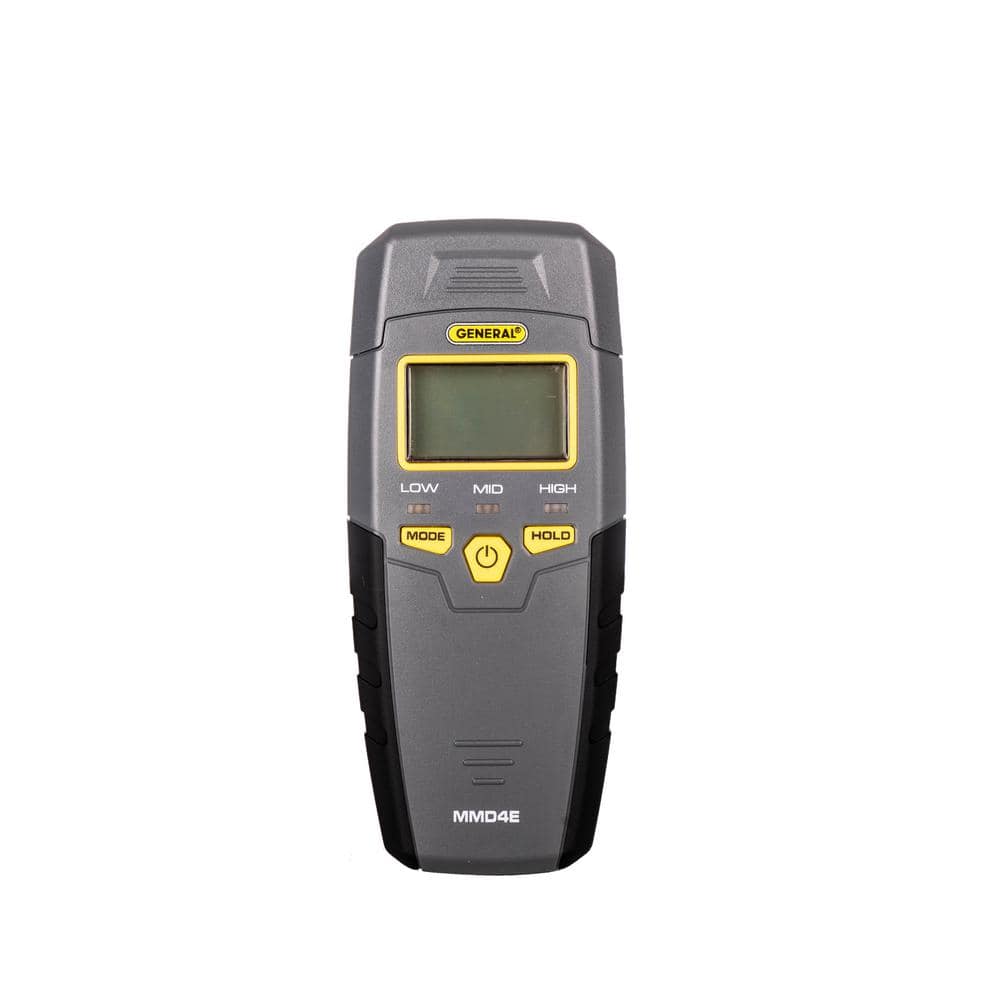The Science Behind Moisture Meters: How They Work and Why They're Important
The Science Behind Moisture Meters: How They Work and Why They're Important
Blog Article
Recognizing the Relevance of a Moisture Meter in Avoiding Mold and Water Damages in Your Home
In the realm of home upkeep, the presence of dampness can typically be a silent yet powerful adversary, with the ability of causing prevalent mold growth and dangerous water damage if left uncontrolled. In the middle of the tranquil atmosphere of a house, hidden dampness issues can make beneath the surface, posturing a risk to both residential or commercial property and wellness. However, geared up with the right devices and knowledge, house owners can proactively battle these prospective hazards. Recognizing the significance of a wetness meter in this fight is not just an option however a strategic necessity.
Value of Moisture Discovery
Effective wetness discovery techniques are vital for guarding residential or commercial properties and stopping prospective mold growth and water damage. Moisture can permeate right into numerous structure materials, resulting in structural issues and health hazards. By utilizing a dampness meter, building owners can proactively identify areas susceptible to excess dampness, permitting prompt treatment and mitigation techniques.
Moisture meters give exact readings of moisture degrees in various materials such as wood, concrete, and drywall. This data aids in determining areas of concern, also in surprise or hard-to-reach locations. Early discovery of wetness build-up makes it possible for timely repair work or changes to protect against additional damages.

Exactly How Moisture Meters Work
Wetness meters play a crucial function in the positive identification of excess moisture, helping in the avoidance of prospective mold and mildew growth and water damage by supplying accurate analyses of moisture degrees in various structure materials. These tools work based upon various concepts, depending upon their kind. Moisture Meter. Pin-type moisture meters, for example, have two pins that pass through the material to determine the electrical resistance between them. When dampness is present, it boosts the material's conductivity, causing a reduced resistance reading. Pinless dampness meters, on the various other hand, use electro-magnetic sensors to scan the product without causing damage. These sensing units give off electro-magnetic signals that penetrate the material and gauge the dielectric buildings, suggesting dampness content. Some progressed dampness meters pin both integrate and pinless modern technologies for extensive wetness discovery. Understanding how moisture meters function is necessary for timely and precise wetness degree analyses, making it possible for effective precautionary procedures against mold and mildew and water damages.
Detecting Early Indication
Upon first examination of a property, recognizing refined signs of excess moisture becomes critical in the very early detection of potential mold and mildew development and water damage. Some usual very early indication consist of mildewy odors, water discolorations on wall surfaces or ceilings, peeling paint or wallpaper, and deformed or stained surfaces. Mildewy odors often show the existence of mold or mold, even if no noticeable signs appear. Water discolorations can signify leaks or infiltration, while peeling paint or wallpaper may be a result of dampness endangering the bond of these materials to the surface area. Warped or blemished surfaces, such as bending floorboards or stained drywall, are clear signs of water damages. In addition, an increase in allergic reaction signs or respiratory problems amongst passengers might suggest the visibility of mold as a result of excess moisture. By immediately identifying and attending to these very early warning indicators, property owners can minimize the risk of substantial mold and mildew growth and water damages in their residential or commercial properties.
Protecting Against Mold Growth
Identifying very early warning signs of excess dampness within a property not just allows timely discovery of possible mold growth and water damages however also offers as a positive action in avoiding the spreading of mold and mildew. To effectively protect against mold and mildew development, it is important to address any resources of dampness without delay.
Along with resolving moisture resources, keeping interior humidity levels listed below 60% can dramatically prevent mold and mildew growth. Correct ventilation, sufficient insulation, and making use of air conditioners or followers can help regulate interior check out this site moisture degrees. Keeping an eye on dampness degrees in areas susceptible to moisture, such as cellars and crawl spaces, making use of a wetness meter can also aid in very early discovery of elevated dampness degrees and prospective mold and mildew growth. By taking positive measures to stop excess wetness and mold growth, house owners can guard their property and interior air quality.
Benefits of Regular Tracking
Regular tracking of moisture levels in a building can play an important role in preserving a healthy and balanced indoor environment and preventing possible mold and water damage. By frequently examining wetness degrees, home owners can spot any type of issues quickly and take needed activities to stop mold growth and water damages. Among the essential advantages of regular surveillance is very early discovery. By determining he has a good point and dealing with high dampness levels at an early stage, house owners can interfere prior to mold and mildew has the possibility to spread and establish. This aggressive strategy can save both money and time in the future by avoiding substantial mold and mildew remediation and fixing prices.
In addition, normal surveillance allows homeowners to track patterns and fads in dampness levels in time. By developing a standard and tracking modifications, people can determine any areas of concern or prospective vulnerabilities in the building's framework. This data-driven technique enables targeted interventions and upkeep initiatives to resolve underlying concerns prior to they escalate right into more significant issues. Eventually, the constant monitoring of dampness degrees encourages house owners to safeguard their property, protect their health, and maintain the integrity of their indoor setting.

Conclusion

By utilizing a moisture meter, property proprietors can proactively determine locations prone to excess dampness, permitting for timely intervention and mitigation approaches.

Monitoring moisture degrees in areas prone to moisture, such as cellars and creep spaces, using a moisture meter can likewise assist in early discovery of elevated wetness levels and potential mold development. (Moisture Meter)
Report this page